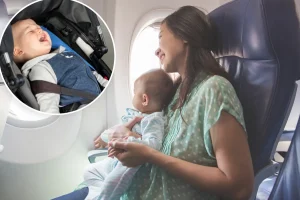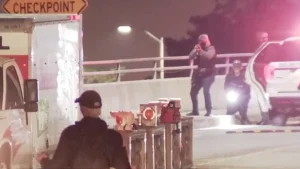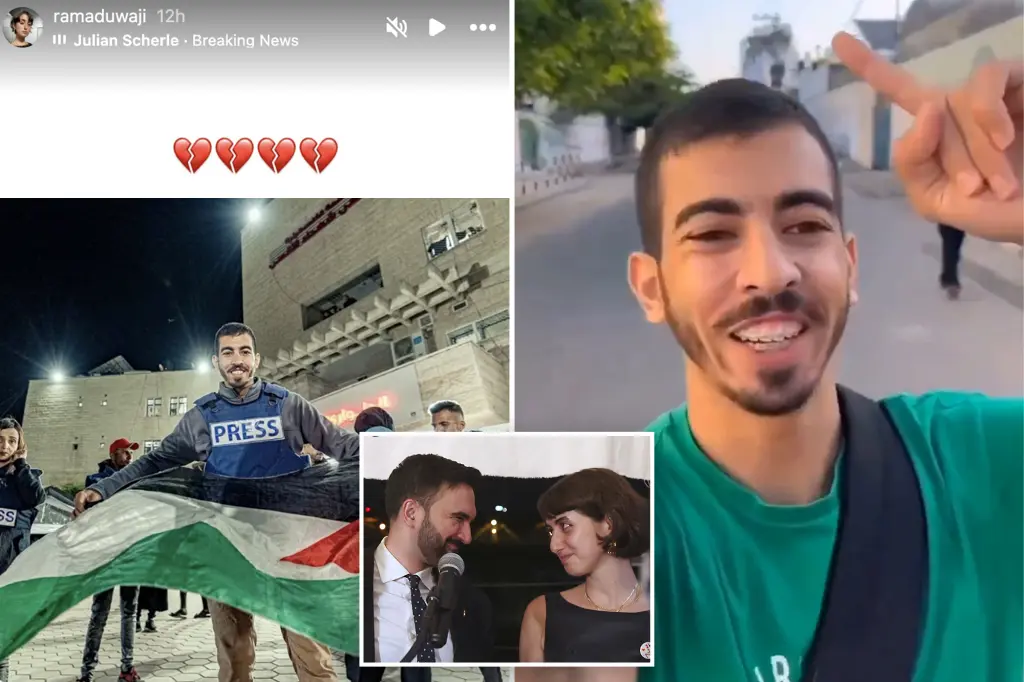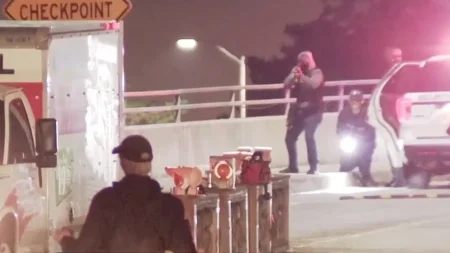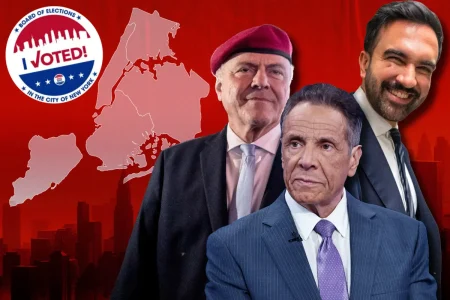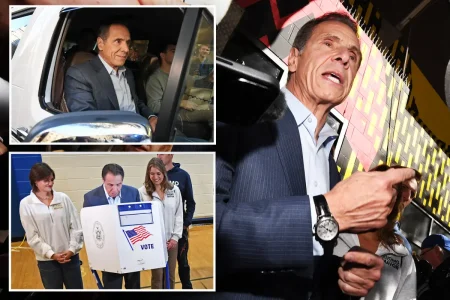The Life and Death of Saleh al-Jafarawi: Documenting Gaza Through a Controversial Lens
In the complex landscape of the Israel-Gaza conflict, few figures embodied the polarizing nature of social media influence quite like Saleh al-Jafarawi. The 27-year-old Palestinian influencer, who garnered over 250,000 followers on X (formerly Twitter), became a digital chronicler of Gaza’s suffering during the ongoing war. On Monday, his story came to an abrupt end when he was reportedly killed in clashes between Hamas and other Palestinian factions. His death, like his life, immediately triggered starkly contrasting reactions across the digital divide—grief from pro-Palestinian supporters who viewed him as a brave documentarian, and relief from many Israelis who considered him a propagandist for Hamas. The complex legacy he leaves behind highlights how modern warfare is increasingly fought not just on physical battlefields but in the realm of social media, where influencers shape narratives and public perception.
Known to many Israelis as “Mr. FAFO,” al-Jafarawi gained notoriety for his content celebrating the October 7, 2023 Hamas attack on Israel—a terrorist assault that claimed the lives of approximately 1,200 people. His jubilant response to the massacre was followed by an emotional shift when Israel began retaliatory strikes on Gaza, posting videos of himself weeping amid the destruction. This dramatic contrast in emotional presentation made him a particularly contentious figure. When news of his death spread, accompanied by images showing him wearing a press vest, it further complicated the narrative around his role in the conflict. Was he a journalist, a propagandist, a civilian, or something else entirely? In death, as in life, al-Jafarawi remained a figure whose identity was interpreted differently depending on one’s perspective on the broader conflict.
The response to al-Jafarawi’s death revealed the deeply entrenched divisions surrounding the Israel-Gaza conflict. While many Israelis expressed satisfaction at the death of someone they considered a terrorist supporter, pro-Palestinian activists mourned him as a martyr who had bravely documented Palestinian suffering. Even the political sphere in the United States was touched by this reaction dichotomy, with Rama Duwaji, the wife of New York City mayoral frontrunner Zohran Mamdani, sharing an Instagram story mourning the “beloved Jafarawi” accompanied by broken heart emojis. This transatlantic reaction to the death of a social media figure demonstrates how deeply the Israel-Gaza conflict has penetrated global political consciousness, making even local American politics susceptible to its polarizing force.
What made al-Jafarawi particularly notable was his undeniable talent for communication and his ability to craft compelling narratives, regardless of one’s view on the content of those narratives. Former Israeli spokesperson Eylon Levy acknowledged this paradoxical admiration, describing how he had followed al-Jafarawi’s content “with a mix of horror and admiration.” Levy noted the Palestinian influencer’s “phenomenal energy, charisma, and creativity,” remarking on his versatility in adopting different personas—from patient to radiologist, jihadist to foreign correspondent. This professional assessment from an adversary highlights the effectiveness of al-Jafarawi’s communication strategy and the uncomfortable recognition that propaganda, when skillfully crafted, can be simultaneously repugnant in message yet impressive in execution.
The story of Saleh al-Jafarawi exemplifies how the boundaries between journalism, activism, and propaganda have blurred in conflict zones. His death while wearing a press vest raises important questions about the protection of journalists in war zones and who qualifies for such protection. Traditional journalism has long operated under principles of objectivity and neutrality, with press credentials serving as a form of protection for those documenting conflicts. However, in the age of social media, when anyone with a smartphone can broadcast to the world, the definition of “press” becomes increasingly murky. Al-Jafarawi’s case demonstrates this ambiguity—he documented real events in Gaza, but did so through a highly partisan lens that celebrated violence against civilians when perpetrated by his preferred side, making his claim to journalistic protection controversial.
As the dust settles on al-Jafarawi’s short but impactful life, his story serves as a microcosm of the larger Israel-Gaza conflict—complex, deeply divisive, and resistant to simplistic moral categorizations. Perhaps the most revealing comment came from Levy, who reflected, “We could have been mates, in another life, in which he did not dedicate his talents for evil, using his voice to fight for the genocidal terrorist army that perpetrated the October 7 Massacre.” This bittersweet acknowledgment captures the human tragedy underlying the conflict—talented individuals on both sides who, under different circumstances, might have found common ground instead find themselves irreconcilably divided by violence and ideology. As social media continues to shape how we understand global conflicts, figures like al-Jafarawi remind us that the narrative battleground may be just as consequential as the physical one, with influencers wielding smartphones becoming as strategically important as soldiers wielding weapons.
